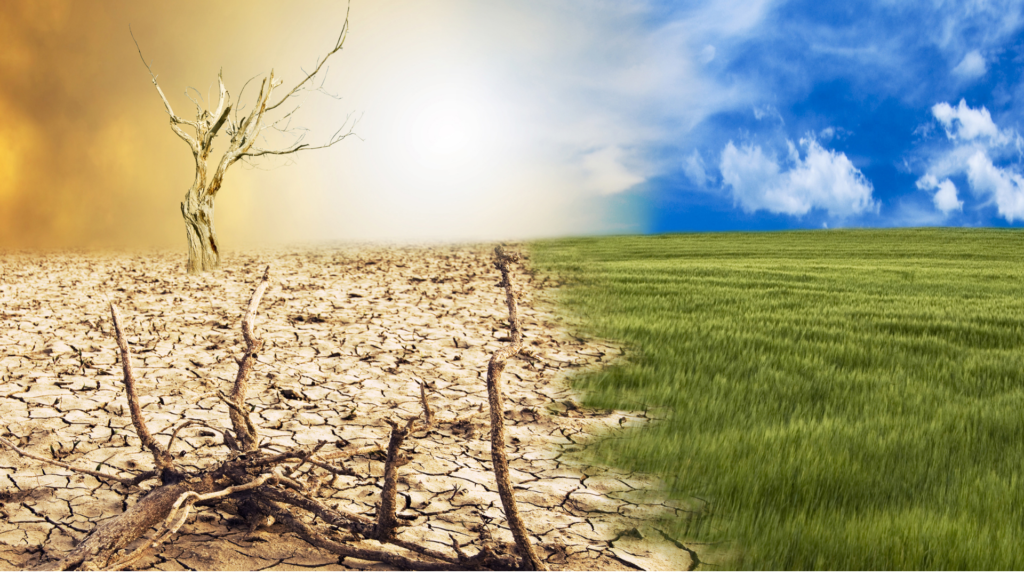The surge of many reusable items over the past years can only mean one thing — people are now more mindful of our environment and are raising awareness to help save our home.
Many cities and places around the world are creating certain initiatives to help save the planet, such as banning the use of single-use plastics and switching to more sustainable options.
But we all know that this is not enough and we need more people to join the movement.
As simple as using certain objects and things can be harmful to the environment and can already have a big impact.
Here’s a list of everyday items at home that are damaging our environment and contribute to global pollution.
1. Disposable Chopsticks
The majority of the chopsticks that we use when eating Asian food are disposable and are made of wood. But these kinds of utensils are causing Asian forests to go bald.
According to Greenpeace, around 3.8 million trees or more than 1.18 million square meters of forest are sacrificed to produce 57 billion pairs of disposable chopsticks each year in China.
Are you willing to give up disposable chopsticks to save trees? | CDN File Photo
Some of these products are even treated with chemicals that can cause respiratory disorders.
2. Wet Wipes
Wet wipes are essential to our daily lives nowadays but in 2016, there was a 400% rise in wet wipes found on beaches, harming our marine life.
When cleaning your hands or face, switch to using soap and water instead of wet wipes. | CDN File Photo
Some wet wipes typically contain plastics, which can never be dissolved and since they don’t easily dissolve in water like paper, wet wipes are generally discouraged.
3. Batteries
Many batteries contain a toxic combination of harmful elements, including cadmium, lead, and mercury, that leak into the earth’s soil and waterways. This will then lead to dangerous pollution.
Dispose your drained batteries properly and safely to avoid unwanted damages to our body and the environment. | CDN File Photo
If batteries were burned and reduced to ashes, the metals become airborne and increase health risks on humans and wildlife.
Although we now have recycling facilities for disposable batteries as an option, it is still better to choose rechargeable alternatives when we can.
As simple as using certain objects and things can be harmful to the environment and can already have a big impact.
4. Tea bags
Modern times have urged many tea companies to replace the traditional paper sachet with a mesh tea bag.
However, they are not necessarily more eco-friendly since many of them are made of nylon or polyethylene terephthalate (PET) that contributes to our consumption of plastic.
Choose your teas well and purchase paper-based tea bags. | CDN File Photo
Plastic tea bags are said to offer a better taste to the brew. On the other hand, they are resistant to composting, and there are those who worry that they may release dangerous toxins.
5. Microbeads
Microbeads that are usually found in certain cleansing products such as face washes, body scrubs, shower gels, and toothpaste are minuscule pieces of plastic that can smoothly pass water filtration systems and end up in our oceans.
Microbeads do not biodegrade and are too small to be found in clean-up drives.
Even if we barely see them, microbeads are harmful especially to our marine life. | CDN File Photo
A study showed that a single shower can result in 100,000 plastic particles entering the sea, bringing a great risk to our marine life.
Many other household products also contain them and the best practice would be to check your products before you buy them. /rcg
_________________________________________________________________________________________
This is part of Cebu Daily News Digital’s Earth Hour series as the company joins Earth Hour 2021.
This series is also supported by our partner, AboitizPower. https://www.aboitizpower.com
